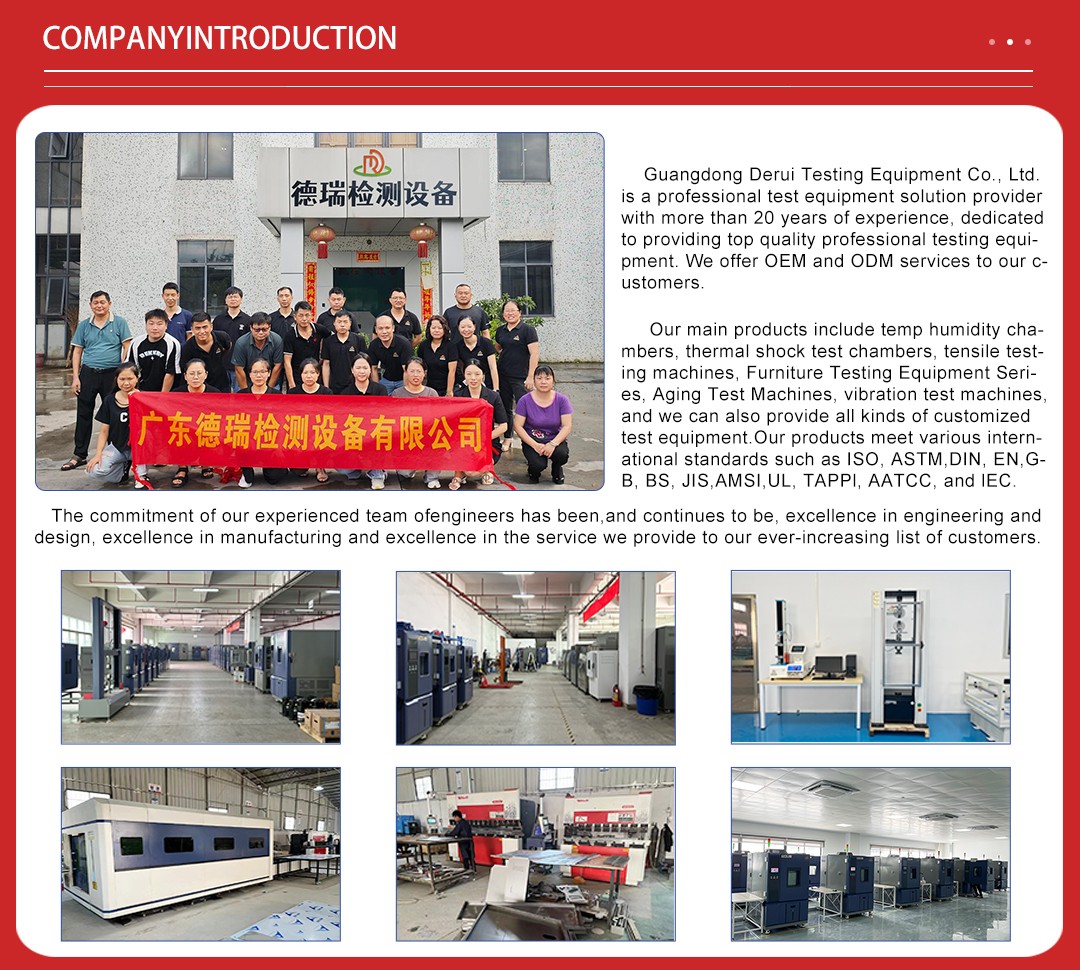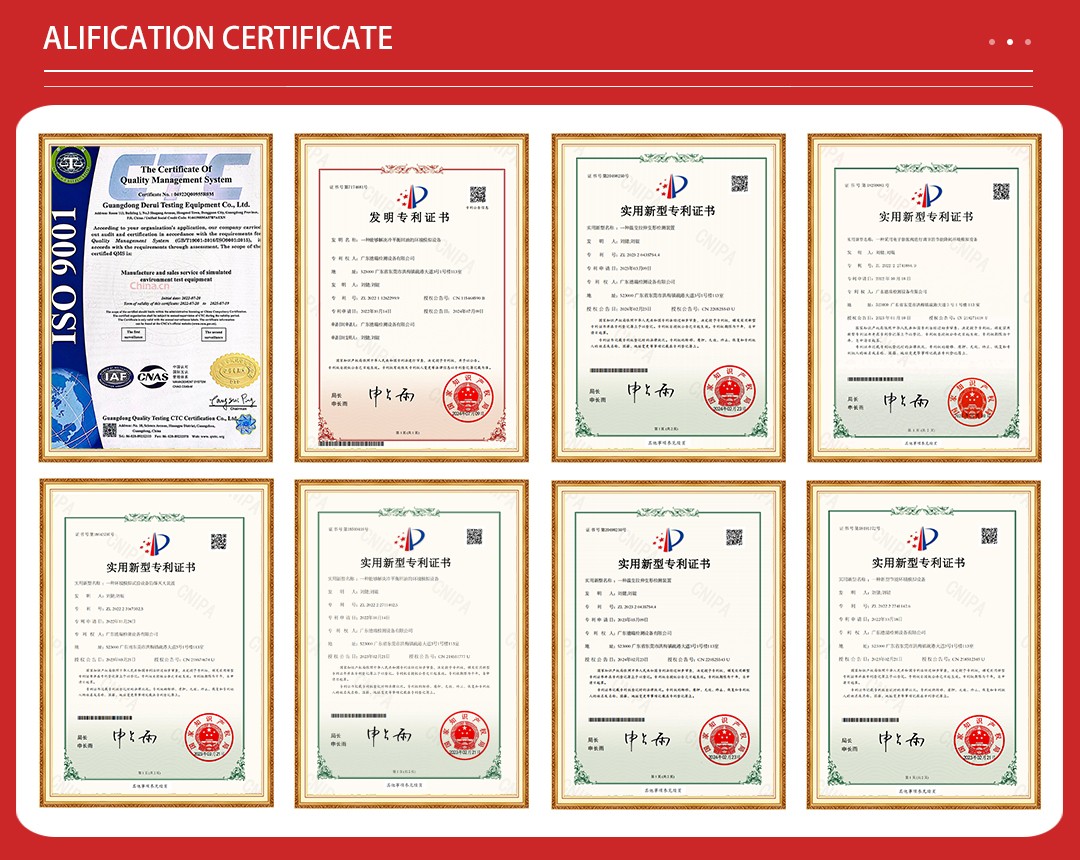
Thermal shock test chamber (or thermal shock testing machine) is an essential piece of equipment used to evaluate the resistance of materials, components, and electronic devices to rapid temperature f ...

Thermal shock test chamber (or thermal shock testing machine) is an essential piece of equipment used to evaluate the resistance of materials, components, and electronic devices to rapid temperature fluctuations. The test simulates extreme environmental conditions where products may experience sudden temperature changes, ensuring they can withstand harsh real-world applications.

Thermal shock test chambers are used across various industries to test a wide range of products, including:
1. Electronics and electrical components: For testing circuit boards, semiconductors, and other sensitive electronic parts that may be exposed to rapid temperature variations during operation.
2. Automotive industry: To test automotive parts like sensors, control units, and seals that are subject to extreme temperature shifts in engine compartments and external environments.
3. Aerospace: Used to simulate the harsh conditions encountered by aircraft and spacecraft, including rapid temperature changes during ascent, descent, or re-entry.
4. Materials testing: For evaluating materials such as plastics, metals, and composites, which are used in high-stress environments.
5. Packaging industry: To test packaging materials for their ability to protect products under extreme temperature fluctuations during shipping and storage.

1. Dual temperature zones: A typical thermal shock test chamber has two primary compartments—one for high temperatures and another for low temperatures. These two zones allow for the rapid transition of products from one temperature extreme to another.
2. Precise control: The chamber offers precise control of temperature and timing, ensuring that the thermal cycle is consistent and accurate.
3. Fast transition rates: The system is designed for quick temperature changes (sometimes as fast as several degrees per minute), mimicking rapid environmental shifts.
4. Programmable functions: Users can set up different thermal shock profiles, including the number of cycles, temperature ranges, and duration of exposure.

IEC 60068-2-14,MIL-STD-810,ASTM D 1211

| Model | DR-H203L2-50 | DR-H203L2-80 | DR-H203L2-100 | DR-H203L2-150 |
| Internal dimension | 350*350*400mm | 400*400*500mm | 500*400*500mm | 500*500*600mm |
| External dimension | 1350*1700*1650mm | 1400*1850*1960mm | 1500*1750*1880mm | 1500*1850*1980mm |
| Temperature range | -70℃~200℃ | |||
| Test Method | Pneumatic Operated Door Switch(two/three-zone) | |||
| High Temp Chamber Preheating Range | RT~200℃ | |||
| Heating Speed | ≤35min | |||
| Low Temp Chamber Precooling Range | -70℃~RT | |||
| Cooling Speed | ≤50min | |||
| Temp Tolerance | ±2℃ | |||
| Thermal Recovery Time | Two zone model:7-35 second,recovery time is 5 minutes | |||
| Internal Material | Stainless Steel 304 | |||
| External Material | Stainless Steel/Spray Paint | |||
| Cooling Method | Mechanical Compression Binary Cascade Refrigeration | |||
| Refrigeration Compressor | Semi-closed Piston | |||
| Refrigerator | Hermertically Sealed France Tecumseh Compressor or Semi-hermetic BOCK Compressor | |||
| Operation Panel | Programmable LCD Touch Screen | |||

